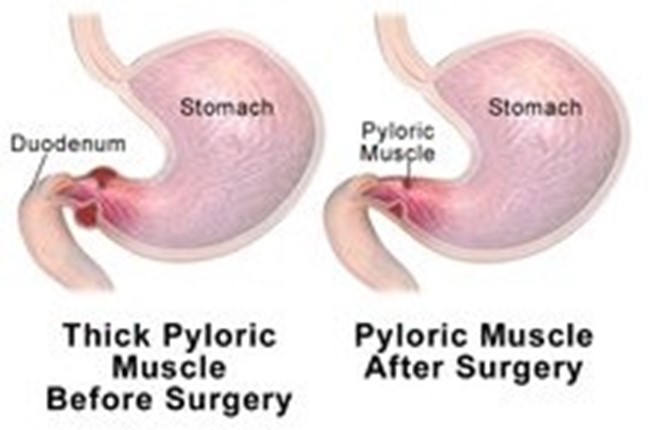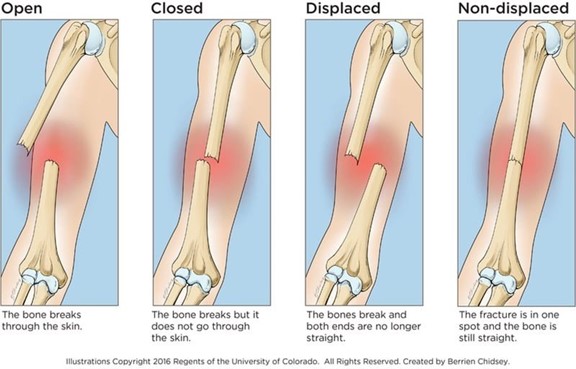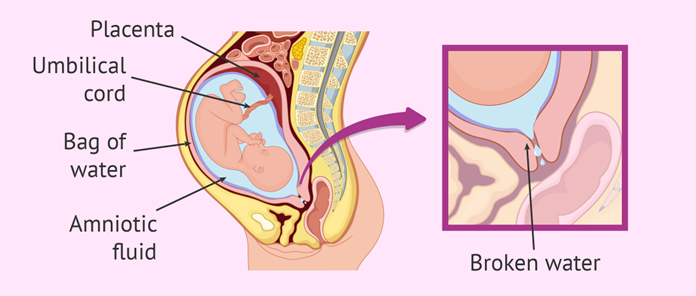The practical nurse (PN) caring for a 3-month-old boy one day after a pyloromyotomy notices that the infant is restless, is exhibiting facial grimaces, and is drawing his knees to his chest. What action should the PN take?
Feed one ounce of formula to correct hypoglycemia.
Administer a prescribed analgesia for pain.
Provide additional blankets to increase body temperature.
Increase IV infusion rate for rehydration.
The Correct Answer is B
The infant's symptoms are consistent with postoperative pain, which can be expected following a surgical procedure like pyloromyotomy. The PN should administer the prescribed analgesic medication to relieve the infant's discomfort and pain. It is crucial to manage pain appropriately in infants to promote healing, improve feeding tolerance, and prevent complications.
Option A is not appropriate as the infant's symptoms are not indicative of hypoglycemia.
Option C is not appropriate as the infant's symptoms do not indicate hypothermia.
Option D is not appropriate as the infant's symptoms do not indicate dehydration.

Nursing Test Bank
Naxlex Comprehensive Predictor Exams
Related Questions
Correct Answer is B
Explanation
Repeated visits to multiple emergency departments for various injuries or complaints can be a red flag for possible child abuse. The other options may indicate other issues or concerns, but they do not provide as much reason to suspect child abuse as the history of repeated visits to different emergency departments. It is important for healthcare providers to remain vigilant for signs of child abuse and to report any suspicions to the appropriate authorities.

Correct Answer is D
Explanation
An increasing trend in maternal heart rate is a sign of fetal distress, which can be a serious complication of PROM. One of the primary interventions for fetal distress is to increase oxygen delivery to the fetus. The practical nurse should initiate oxygen via face mask at 8 to 10 L/min to improve fetal oxygenation.
Contact precautions may be necessary for certain conditions, but they are not indicated for an increasing maternal heart rate.
Inserting a urinary catheter may be appropriate for monitoring output, but it is not the first priority in this situation.
Encouraging the client to push is not appropriate because the client is not in active labor and pushing can cause further complications.

Whether you are a student looking to ace your exams or a practicing nurse seeking to enhance your expertise , our nursing education contents will empower you with the confidence and competence to make a difference in the lives of patients and become a respected leader in the healthcare field.
Visit Naxlex, invest in your future and unlock endless possibilities with our unparalleled nursing education contents today
Report Wrong Answer on the Current Question
Do you disagree with the answer? If yes, what is your expected answer? Explain.
Kindly be descriptive with the issue you are facing.
